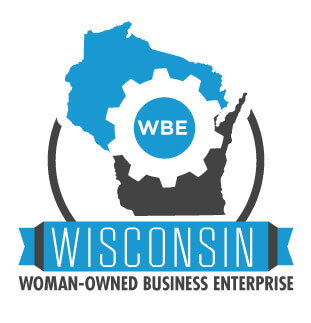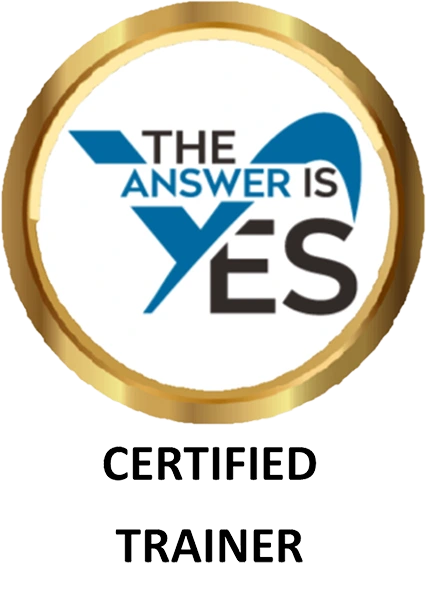“There is a great difference between knowing and understanding: you can know a lot about something and not really understand I”. Charles Kettering
There may be 50 ways to leave your lover, but there are at least 35 ways to check learner comprehension at the close of a training session. Last week’s Tip looked at 15 Paper-Based closing activities. This week’s Tip will look at Spoken Word, Materials and Movement -based closing activities.
With only one or two exceptions, these learning activities are also completely self-directed. This means that the facilitator simply provides the necessary instructions and materials, and then gets out of the participants’ way.
The facilitator will need to allocate from 10 to 50 minutes for these closing activities. Most of these activities involve pairs, small or large groups.
Spoken Word-Based Closing Activities
- Key Take-Away: Stand and report their key take-away from the session.
- Paired Instruction: Pair up and explain to their partner the key learning from the day, as if their partner had not been at the session. Each participant will have 5 minutes to talk.
- Stations: Stand at assigned different stations that represent a key topic from the day and explain the major points in 2 minutes.
- Radio Commercial: Create and present a commercial selling the key learning.
- Skit: Act out the key learning in a humorous fashion: what to do and what not to do.
- Song: Speak or sing the lyrics to a song that captures the essence of what has been learned.
- Key Concept Briefing: When called on by the facilitator, pop up out of their chair and provide a 2- minute briefing for a key concept that the facilitator selects at random.
- Verbal Relay: Stand in parallel lines facing each other, taking turns to report one key concept and/or build on what someone else has said.
Materials-Based Closing Activities
- Quilt: Write key learning on small construction paper squares and state what is written as they paste them onto a flip chart or foam board.
- Puzzle: Select the most important learning points from a roll of labels with different learning points on them. Place each selected label on a puzzle piece and then create a puzzle (which can be free form or pre-designed).
- Tinker Toys: Build something with Tinker Toys that represents key learning.
- Totem: Select an item from a bag of miscellaneous items and explain how it captures the essence of what has been learned.
- Beach Ball: Stand and throw a beach ball that has different content-related questions written on different sections. Answer the question that faces the participant.
- Collage: Create a collage depicting key concepts using pictures already cut from magazines.
- Building Blocks: Explain the stages involved in a learned process, using blocks to represent each stage.
- Merry-Go-Round: Create a Tinker Toy merry-go-round and explain what concept each colored piece represents and how the concepts relate to each other.
Movement-Based Closing Activities
- Relay Race: Compete in teams to add content-related words or phrases that begin with each letter of the training program’s title.
- Scavenger Hunt: Talk with different participants to complete a worksheet identifying how each plans to incorporate what they learned into their daily work activities.
- Charade: Act out key learning concepts.
- Gallery Walk: Walk from flip chart to flip chart (each titled with a different key learning point or training topic covered that day) and write do’s and don’ts, or tips, or action items.
May your learning be sweet.
Deborah





